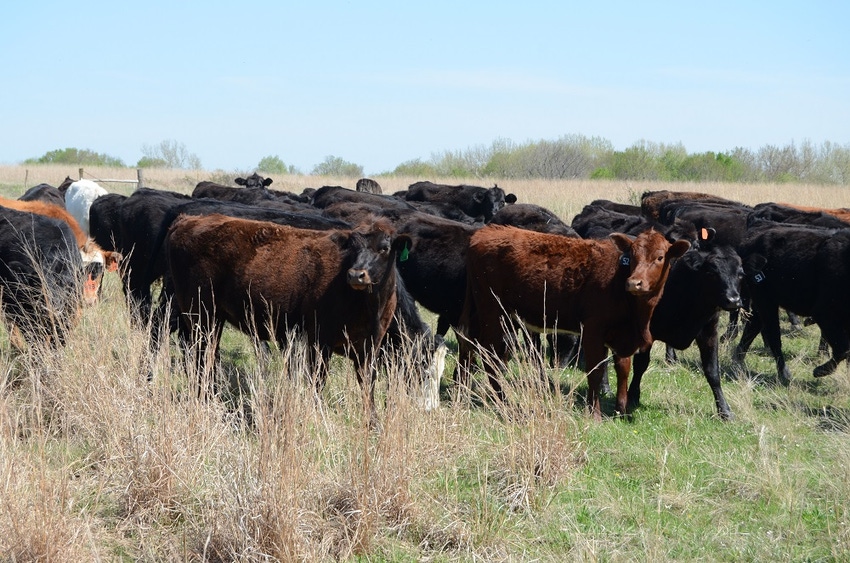
Several months ago I got the bright idea to share my thoughts on ranch profitability, and I'm summarizing those things today.
Presently I have listed seven and they include:
Attitude
High-seral (climax) forage production
Increasing soil cycles
Efficient cattle grazed in high densities
Grazing year round
Elimination of equipment and toys
Labor efficiency
Many of the ranch profitability factors are akin to each other. For example as you manage for increasing soil biology you will be led to managing for high seral (C4) plants and high-density grazing. If our attitude isn’t positive then we will see progress at a snail’s pace or less.
Extremely low-cost production utilizes all ranch profitability factors with the possible exception of marketing decisions, which I’ll cover at a later date. On the flip side, one of the results of modern high-production, high-cost practices is the loss of critically necessary soil organic matter, decreased mineral and trace mineral availability, as well as highly active microbial life during a large part of the year.
Successful low-cost production is not a mining management system. In all honesty, profitability in the cattle business should never include mining of the fixed resources, as they are not quickly or readily replaced. Our goal is to grow and market optimally healthy animals from the excesses produced by our soil, plants, water, air and sunshine.
Low-cost production is all about learning what our land and location consists of and planning and managing in a manner that builds it up. We use what we get and tweak for what the system needs.
One of the beauties of Boom and Bust management, when executed with fast-moving, high-density grazing, is the extremely short period of time the cattle actually spend on most of the plant life.
Another is the self spreading of manure and urine by the cattle. In our country we need very regular applications of calcium (lime). We feed the lime and the cattle spread it. The cattle apply the bust to recovered plants and then move. It takes grass to grow grass, and grass does not grow with a steer standing over it.
The system flexes and then recovers and grows and increases. This should be extremely low cost.
Low-cost production gives us time to think, plan, prioritize, execute and have fun. We should have time to enjoy our ranch. Enjoyment requires time, money, health and good friends. Good friends are to be enjoyed, not to take advantage of.
In our business, elimination of expenses is the major driver of low-cost production. Expenses that result in increased profitability are not the subject matter. Low-cost production should result from smart management in my list of seven, including increased production. It should be a consistent part of all successful cattle operations.
About the Author(s)
You May Also Like






